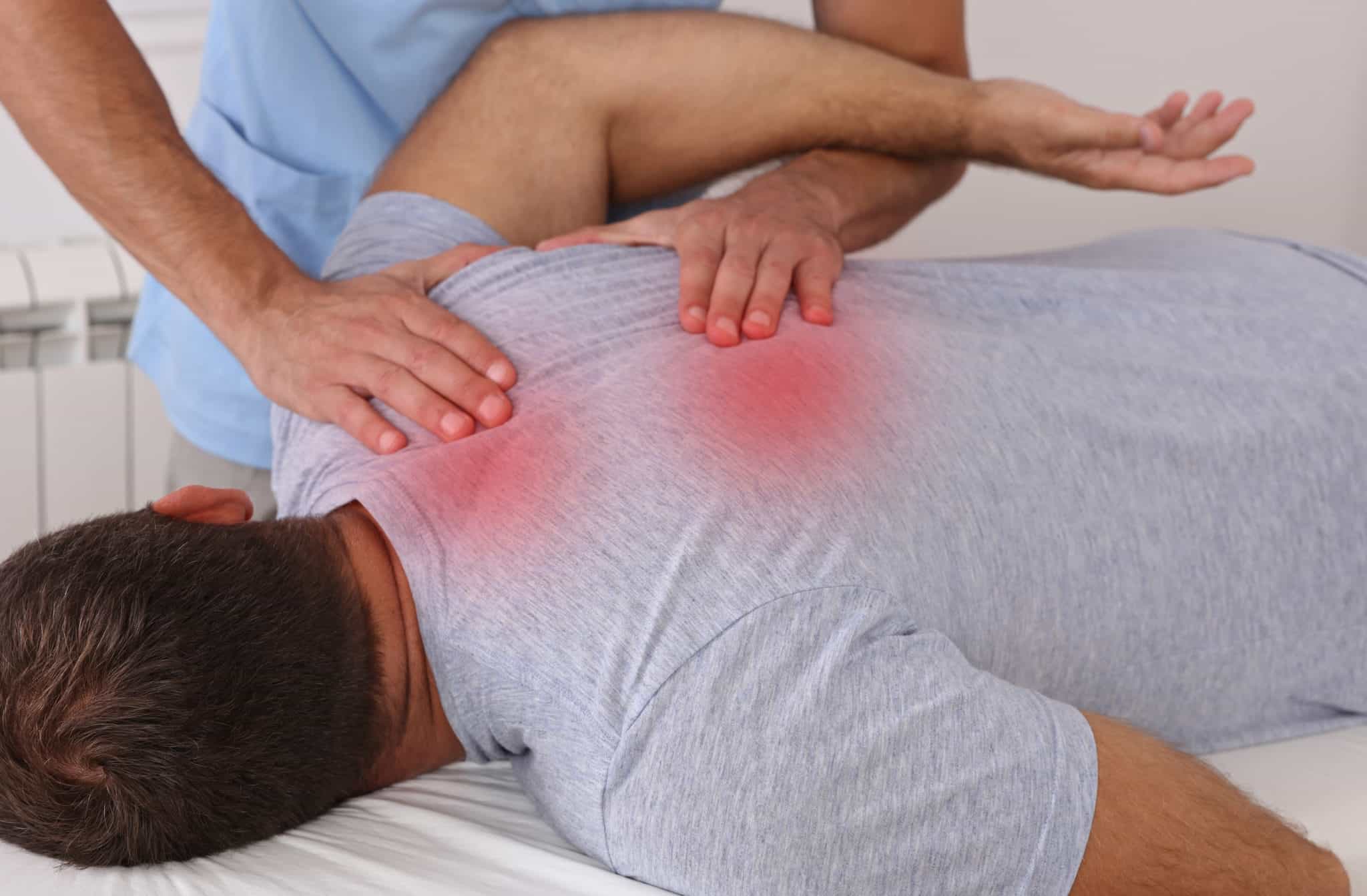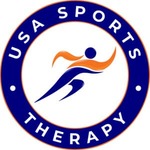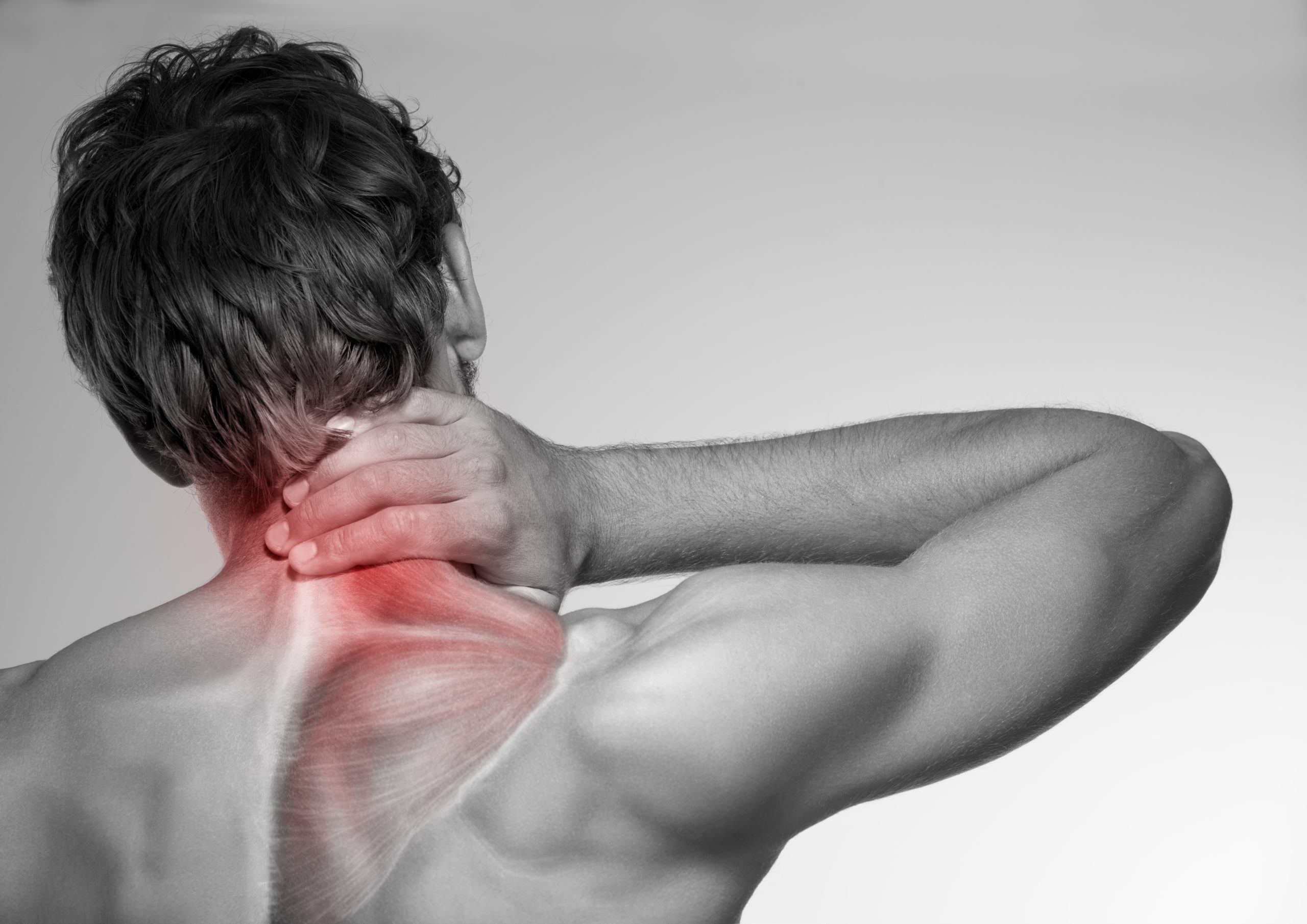Whether you are a fitness buff or just starting to exercise, muscle pain is something that we all experience from time to time. Also known as myalgia, muscle pains often seem like a minor nuisance. However, many times it can linger longer than many would anticipate, leading to more significant problems that may hinder mobility, productivity, and overall quality of life. That is why, whether you are having back pain, hamstring pain, quad pain, or any other form of muscle aches, it is important to differentiate types of muscle pains to know how to treat myalgia more effectively and prevent serious health issues.
So, what can you do if your body aches and fatigue is getting the best of you?
To effectively treat everyday muscle pain, you must familiarize yourself with the two most common types of myalgia: muscle strains and trigger points.
Muscle Strains
Colloquially known as “pulled muscles,” muscle strains occur when a muscle is overstretched or torn. This can result from the muscle being fatigued, overworked, or being used improperly.
What Causes Muscle Strains
Muscle strain can happen from sudden heavy lifts, sports, or any simple everyday tasks you do related to work and your daily routine.
Some common causes of muscle pain are tearing of the muscles fibers and tendons attached to them. They can also cause tiny vessels in the area to bleed or bruise or nerve endings in that area to become irritated.
Symptoms of Muscle Strains
Symptoms of muscle strain vary per individual case, as well as the degree of pain. Typically, however, common symptoms may include:
- Swelling and inflammation
- Bruising and redness
- Pain at rest
- Pain when the specific muscle is used
- Feelings of weakness in the muscle
- Inability to use the muscle at all
Treatments for Muscle Strains
For an acute muscle strain, an appropriate acronym to follow is P.O.L.I.C.E.
- Protection: Avoiding further tissue damage to rest the injured muscle and begin the healing process.
- Optimal Loading: For muscles, it is essential to begin loading the muscle to introduce blood and continuing to promote the healing process.
- Ice: Should be used sparingly only in the initial days of an acute injury to prevent excess swelling.
- Compression: A Compression wrap properly administered will assist in decreasing excess swelling by mobilizing fluids toward our lymph nodes or our body’s natural garbage disposal.
- Elevation: Elevating the injured tissue above heart level will assist in decreasing excess edema.
Trigger Points

Another common form of myalgia is that which is related to trigger points. These can be painful to the touch and usually send radiating pain to other areas of the body and can lead to issues, such as tension headaches.
What Causes Trigger Point Pain?
Trigger points, also commonly known as muscle knots, occur when muscles are subject to the same repetitive activities, such as lifting heavy objects or static activities like sitting at work all day. They can develop almost anywhere on the body where muscle or fascia (connective tissue) is present.
How to Treat and Prevent Trigger Point Muscle Pain
Trigger points can be released in a multitude of ways, such as the use of a massage gun, dry needling, a lacrosse ball pinned up against a wall, or manually by a physical therapist.
To prevent future trigger points from forming, it is important to identify what may be leading to trigger point formation and consciously break out of these patterns and introduce movement. For example, trigger points commonly form in the mid-back region between the thoracic spine and scapula (shoulder blades) for individuals who sit in a desk chair for extended periods. For this population, it is important to constantly change positions between sitting and standing and perform thoracic spine mobility exercises. An easy one to do in a chair is thoracic spine extension. To do this, place a small towel roll under your lower back, cross your arms, and simply lean back into the chair. Doing this ten times will allow the joints to get the movement they require and decrease the formation of trigger points.
When to Seek Professional Help
Due to the nature and variety of muscle-related pain, it is recommended to seek a physical therapist to correctly diagnose what is going on and guide you through the muscle pain relief process so you can get back to doing what you love to do.
A healthcare professional may recommend different solutions for your body aches and pains, including medication, lifestyle changes, or physical therapy programs like the ones offered at our USA Sports clinics. Our physical therapy team consists of licensed, trained professionals with years of experience in the field. We will work with you to create a unique physical therapy program to treat your muscle pains, body aches, and other symptoms related to myalgia.
To learn more about our physical therapy programs and how we can help you live a healthier, more active life without pain, schedule a FREE consultation with us today.

